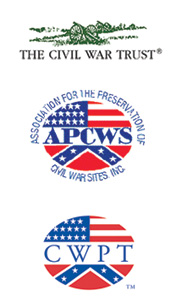I will periodically post “spotlights” on the website, where I hone in on a historian, a topic we’ve covered in class, or some other subject in more detail.
Several students today brought up the fact that Berlin’s Generations of Captivity could have addressed economics more directly (and more thoroughly). I have two resources I want to provide to address some of those questions. The first is a brief explanation of the “chattel principle,” which deals with the philosophical aspects of the slave trade and ownership of other human beings. The second is some information on the monetary values of enslaved people.
1. One of the cruelest aspects of slavery was the insistence that slaves were commodities, in what Walter Johnson has referred to as “the chattel principle”: the belief that a human being could, because of their legal identity, be evaluated according to the same terms as one would evaluate livestock.[1] Slaves had a simultaneously dual nature as human and as property. This duality opened up opportunities for slave agency and resistance (when owners were forced to recognize the humanity of bondspeople), but it also reinforced white authority by tying economic success and personal wealth to the ownership of human beings (demonstrating the property side of the equation). Slaves’ refusal to act as mere commodities–to assert their own will and test limits–illuminate the elements of negotiation at play. As Johnson has argued, “the contradiction was this: the abstract value that underwrote the southern economy could only be made material in human shape–frail, sentient, and resistant.”[2]
2. The question of slave prices is a complicated one; an enslaved person’s monetary worth was determined by his or her fitness for work, skill set, age, and sex, as well as fluctuations in the local and national economies.This website (by historians who are also trained in statistics), has a useful table at the very bottom that shows prices in what Berlin would call the plantation and revolutionary generations in the Lower South. Slave prices rose as the nineteenth century progressed, so a healthy man in his 20s, living in the 1850s, might be valued at as much as $1,000. This article is a little dated, and it focuses on the Deep South and not the Upper South, but Table 8 on p. 199 shows the prices in four different locations over several decades. If you want a sophisticated economic analysis, I highly recommend a short book chapter by Daina Ramey Berry that analyzes prices in one Georgia county–her work is really great for micro-level analysis.[3]
[1] Walter Johnson, Soul by Soul: Life Inside the Antebellum Market (Cambridge, MA: Harvard University Press, 1999), 17, 19.
[2] Johnson, 29.
[3] Daina Ramey Berry, “‘We’m Fus’ Rate Bargain’: Value, Labor, and Price in a Georgia Slave Community,” in The Chattel Principle: Internal Slave Trades in the Americas, ed. Walter Johnson (New Haven, CT: Yale University Press, 2004), 55-71. I can scan this for anyone who is interested.


